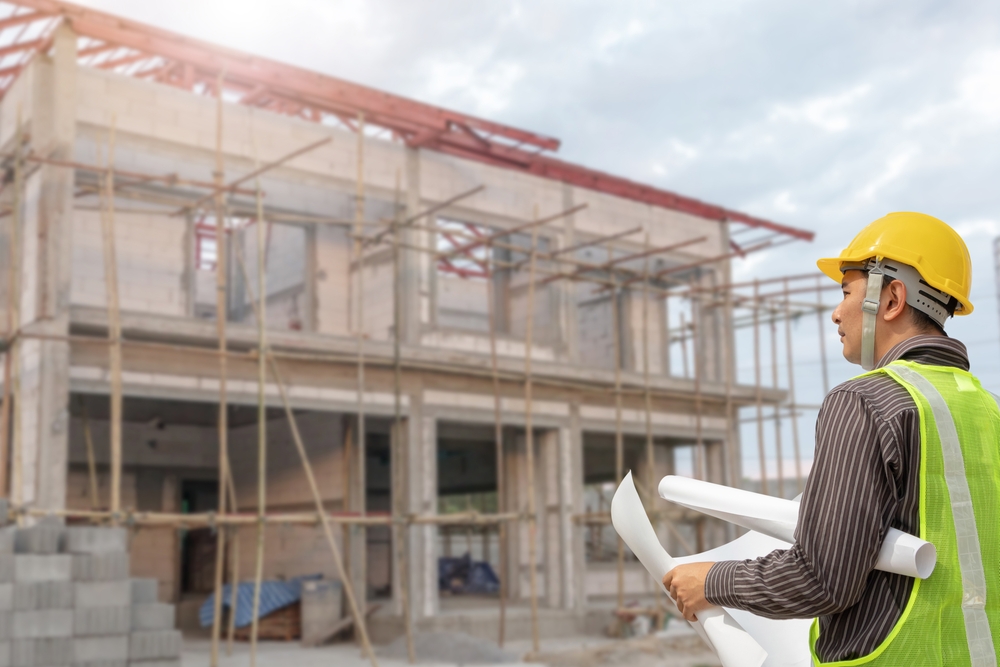 When you think of residential construction, you might imagine a combination of single-family homes and multi-family units like townhomes or apartments. With rising home values and a continual demand for housing, there are many reasons to think that multi-family housing will become a major trend in residential construction. Here’s what you need to know.
When you think of residential construction, you might imagine a combination of single-family homes and multi-family units like townhomes or apartments. With rising home values and a continual demand for housing, there are many reasons to think that multi-family housing will become a major trend in residential construction. Here’s what you need to know.
Housing Prices Continue to Rise
The pandemic prompted a boom in the housing market that spread nationwide. As a state, California saw double-digit gains in home values from 2020 to 2021. In other parts of the country, metro areas saw home price increases of 20 to 30 percent. More people realized that they needed to choose a home that is more appropriate for living around-the-clock, which prompted millions to move. Lower interest rates and a generally strong economy made home-buying more efficient, which has driven demand to unprecedented levels. As prices grow with no anticipated downturn, the emphasis on affordable housing makes multi-family properties more practical for the long term.
Housing Demand Gets Tighter
As prices continue to go up, the demand for more affordable housing also increases. The National Association of Realtors reports that much of California’s coastal areas are suffering from some degree of housing shortage. Of course, this is not surprising to most people living in the state. It seems like there will always be more people looking to live in California than there are available housing units. Part of the recent increase in demand is competition from investors. Investors often have greater access to funds, making it easier to offer cash as a way to bypass homebuyers who need a mortgage. The rise in investment also drives up prices.
Rental Demand Continues to Grow
High housing prices and low housing inventory force many people to rethink their plans to purchase a property. The apartment industry took a hit in the middle of 2020, but it didn’t take long to rebound. In fact, many metro areas saw increases of 10 to 20 percent in the price of rent throughout 2021. Experts say that prices are likely to level out, depending on regional home prices and availability. The need for more housing in areas that are growing fast highlights multi-family housing as a practical long-term solution to a chronic problem.
There’s a Change in Scope for Commercial Construction
Of course, comparing different types of residential housing does not provide a complete picture of the entire construction industry. That’s where changes to the commercial sector come into play. At present, as the country copes with occasional surges of COVID-19 that force many offices to close, the need for commercial workspaces is changing. Industrial construction has a stronger market, like housing, because people generally cannot do industrial work from their homes. Expert suggest that the commercial industry may see a shift into multi-zoned construction, to account for a need for different kinds of commercial spaces.
Multi-Family Housing Makes a Reliable Investment
One of the reasons that the construction industry saw a dip in 2020 was that investors weren’t sure if their projects were going to be viable, once construction was complete. Multi-family housing presents a solution to a variety of problems, specifically access to affordable housing. Multi-family housing tends to be a more reliable long-term investment, because investors can spread out the risk across multiple units. That predictability in the context of a tight housing market offers more opportunities than it does concerns. In short, there’s little reason not to do it.
Multi-family housing is likely to be a big part of the next wave of construction. To take advantage of a future in the construction field, visit CSLS today!